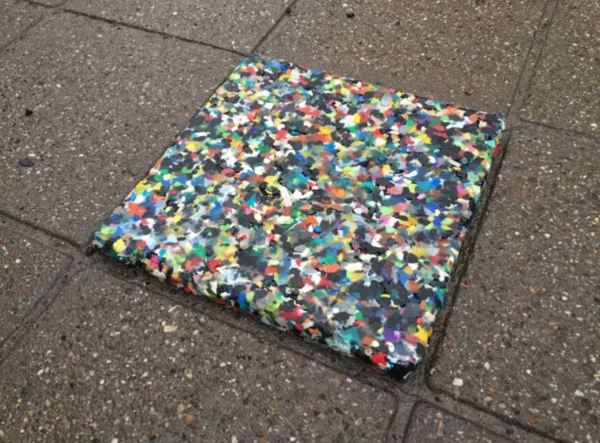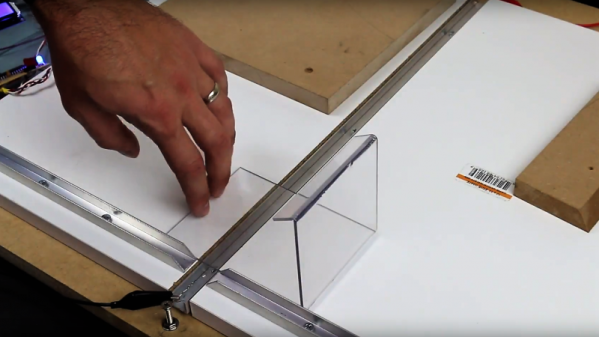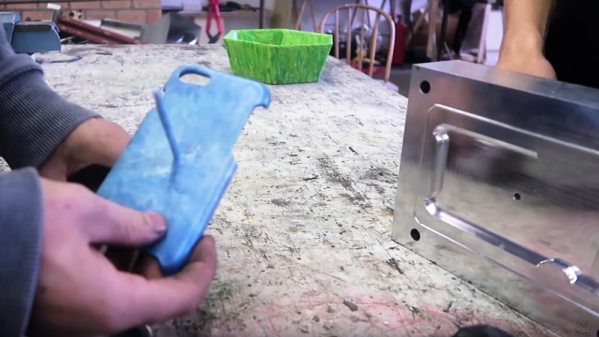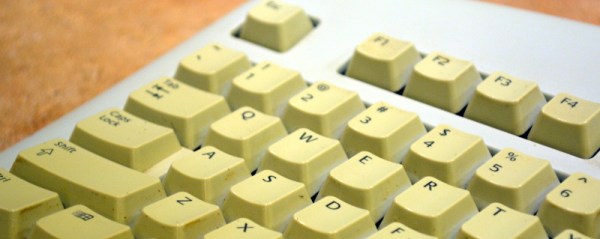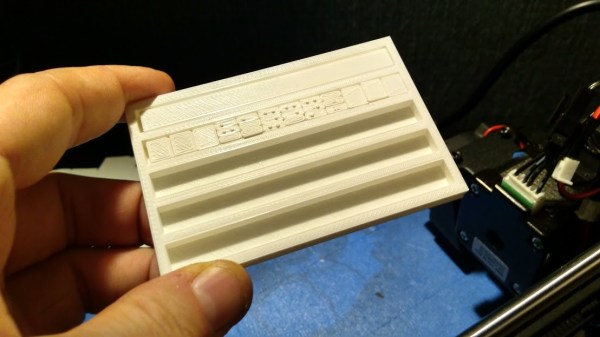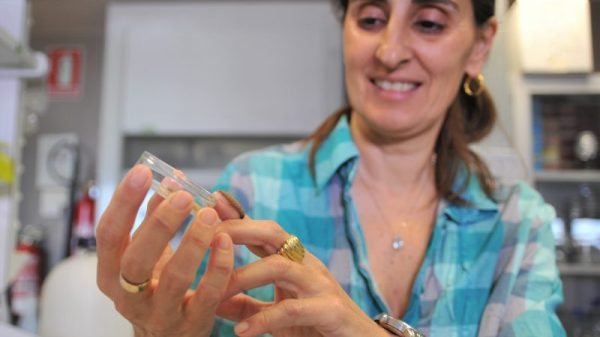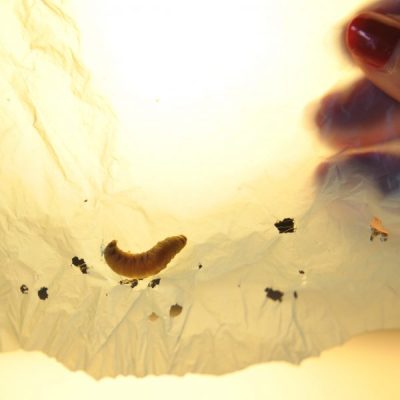Recycling aims to better the planet, but — taken into the hands of the individual — it can be a boon for one’s home by trading trash for building materials. [fokkejongerden], a student at the [Delft University of Technology] in the Netherlands, proposes one solution for all the plastic that passes through one’s dwelling by turning HDPE into tiles.
Collecting several HDPE containers — widely used and easy enough to process at home — [fokkejongerden] cleaned them thoroughly of their previous contents, and then mulched them with a food processor. An aluminium mold of the tile was then welded together making sure the sides were taller than the height of the tile. A second part was fabricated as a top piece to compress the tile into shape.
After preheating an oven to no hotter than 200 degrees Celsius, they lined the mold with parchment paper and baked the tile until shiny(90-120 minutes). The top piece was weighed down (clamping works too), compressing the tile until it cooled. A heat gun or a clothes iron did the trick to smooth out any rough edges.
Not only does [fokkejongerden]’s tiles give the recycler plenty of artistic freedom for creating their own mosaic floor, the real gem is the adaptable plastic recycling process for home use. For another method, check out this recycled, recycling factory that turns bottles in to rope and more! There’s even the potential for fueling your 3D printer.
[Via Instructables]

